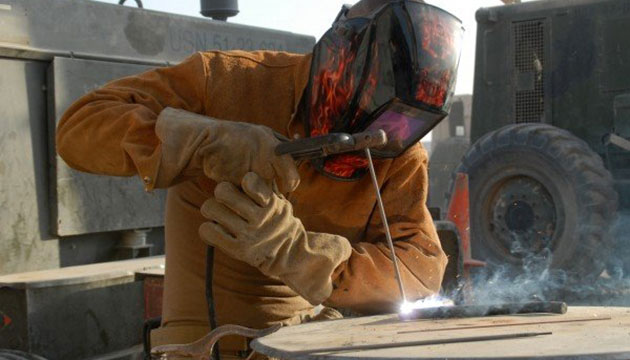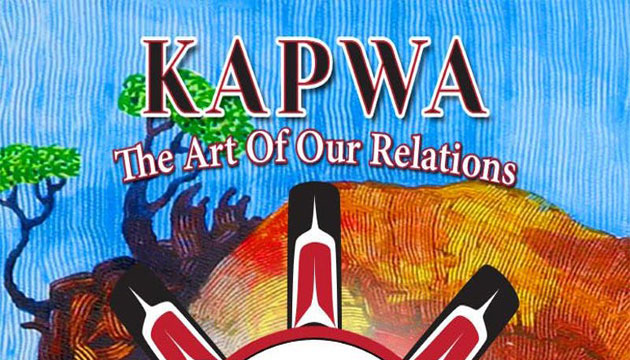Vocational education programs have made a real difference in the lives of countless young people nationwide;
they build self-confidence and leadership skills by allowing students to utilize their unique gifts and talents. Conrad Burns
Philippine education has always been biased toward the academic. This is of course consistent with the belief shared by many parents that the end-all and the be-all of the educational journey is a college diploma. Anything short of this goal is considered a failure. This belief ignores the reality of individual differences in terms of aptitude, motivation, maturity and interest. While basic education is universally accessible to all, enrolment in higher education requires these important qualifications.
A combination of lack of aptitude, maturity, motivation and interest is a sure formula for failure. Aptitude can be remedied because learning for mastery is a function of time. There are fast learners and slow learners. But it is the mature, well-motivated and interested individuals who will recognize their own shortcomings and thus commit to long hours of study to master a learning material.
Twin Goals of the Enhanced K-12 Curriculum
A positive development in Philippine education is the institution of a major curriculum reform known as the K-12 basic education under the Aquino administration that made it a par with the universal standard of 12 years of education. The reform corrected the bias toward the academic. There is reason to be optimistic that the new curriculum will usher in inclusive socio-economic development. This optimism is based on the twin goals of the new curriculum which when realized could help bring about a major change in the educational as well as economic landscape of the country.
As designed by the curriculum developers, the twin goals of the proposed K-12 program are 1) to decongest and enhance the curriculum in accordance with international standards, and 2) to change the public perception that high school is just a preparation for college to the idea that high school is an opportunity for developing specialized skills in preparation for the world of work. The first goal concerns with academic achievement, the second with readiness for work.
Development of Specialized Skills
The old 10-year curriculum enabled the youth to finish high school at 16-17 years which by practice, are below employable age. Also, because of the academic bias of the curriculum, the development of specialized skills suited to the world of work was practically neglected. This situation made it difficult for high school graduates to find a suitable employment even when they reached employable age after one or two years.
As a result, some poor parents had to sell properties or borrow money to finance the college education of their children in preparation for employment regardless of the lack of aptitude, motivation, maturity and interest of the latter for higher education. For those who were less lucky and unable to study in college, their future became uncertain and their high school diplomas merely served as wall decors.
Unfortunately, largely because of the absence of adequate selection process for college enrollment in some schools, a significant percentage of those who eventually graduated became either unemployed or underemployed (whether in the Philippines or abroad). This problem is described fittingly by policy makers as a “mismatch” between what is needed by the economy and the available pool of skilled manpower. This concern is confirmed by the number of college graduates who join the ranks of the unemployed and underemployed every year. According to the Philippine Statistics Authority unemployment in 2018 is 5.5 percent while underemployment is 17 percent equivalent to 6.9 million workers.
A Case in Point
I have documented the experiences of out-of-school youths in a commissioned study by a religious congregation whose mission is the integral formation of the youth specially the poor and the needy that could shed light on how to appreciate the value of vocational education. The religious congregation wanted to find out the impact of the vocational program to Philippine society.
Through the program these youths found the opportunity to develop specialized skills for marginalized out-of school youths developed by the religious congregation more than 30 years ago. Every year around 3,000 selected out-of school youths are recruited for the eight training centers in various parts of Luzon.
Each of the center is managed by a director and is located in a regular school operated by the congregation. The centers are equipped with top of the line training facilities donated by industry partners. The study revealed that so far the centers have produced 23,387 graduates that have joined the industry. The employers of these graduates are very well satisfied with their skills and competence for which they are adequately compensated.
The various curricular offerings in the Technical and Vocational Education and Training Centers of the congregation are industry-driven. They are designed to provide training for 17-24 years-old high school graduates who are out-of-school to develop various skills needed by the industry. Some of the programs are developed upon the request of specific companies who even offer additional scholarships for selected students. The more popular vocational courses are machinists, electricians and automotive experts which the industry needs.
A specialized training course is completed in 15 months which includes theoretical and on-the-job training as well as value formation. The theoretical component is completed in the training centers, while the on the job training (OJT) takes place in participating companies. The employment rate of the graduates of the program is almost 100%. Employers pay them attractive salaries because they are highly skilled and certified by the appropriate agency. Upon employment, some of the graduates even went on to pursue higher education and became successful professionals.
Some graduating students who were asked about the value of the program replied that their acceptance in their respective specific programs changed their lives. Majority said that their lives were drifting after their high school graduation. They suffered the scorn of their parents because of their seeming worthlessness. Some used to start their regular day by planning their drinking and pot sessions with friends in the evening. A significant number even admitted that before their admission in the program there was the imminent possibility of eventually ending up in jail because of the lack of direction in their lives.
Based on their testimonies, the most important impact of the training in their lives was their new-found confidence and self-esteem knowing that their employment was already assured upon completion of the program which would then enable them to help improve the quality of lives of their families. They were proud and confident about the very specialized skills that they acquired and could put to good use when employed. Majority commented that their views about vocational and technical training radically changed. They considered themselves better than some of their peers who went to college but who were vulnerable to the “mismatch” phenomenon after graduation.













